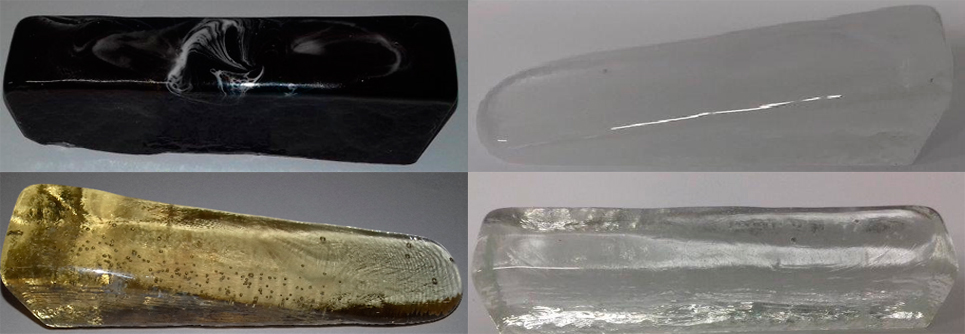©SCINTIGLASS
What has the ATTRACT seed funding enabled you to do so far?
ATTRACT seed opened for us a nice opportunity for deep cooperation with our industrial partner from Czech Republic. A great progress was achieved in a relatively short time with the technology optimisation of the glass scintillation material.
What challenges have you faced so far?
The main challenges in such kind of projects are limited time frames. For our project it is important and interesting to make as much different types of tests with the developing material as possible. However, test like an investigation of the radiation damage with relatively high dose of a hadron irradiation takes a long time. Due to radiation safety rules, we have to keep samples isolated for a long time before we are allowed to perform tests after the irradiation.
Where does your ATTRACT journey go from here?
We have tested series of different probes of the glass scintillator and established a working version of the material. Now the mass production of small samples for sampling calorimeter prototype is in progress.
Sum up in two sentences the advantages of the ATTRACT Programme over other research funding schemes.
ATTRACT has very comfortable and flexible administrative infrastructure. Preparation of the intermediate quarter reports takes a short time. The project provides a nice way for further application of our scientific results.
For more information
Visit the SCINTIGLASS project site.


